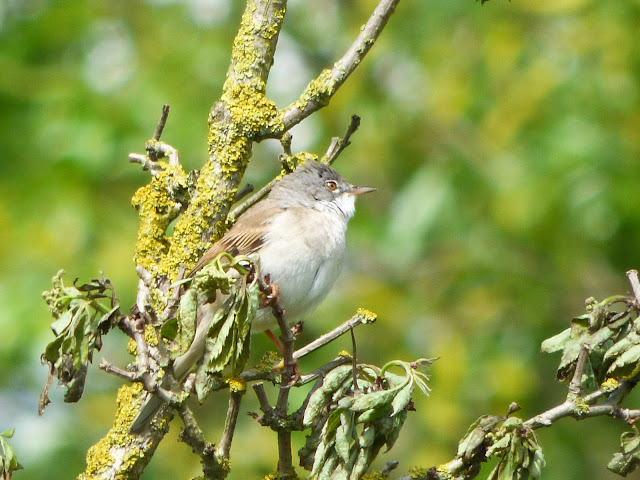Titchwell Marsh - 17th to 24th June 2017
On the 17th June I headed to Titchwell Marsh for a weeks residential volunteering with RSPB. The residential placements are an amazing way of getting real world conservation experience while enjoying time away. I'd been to Titchwell once before and was super excited when it was offered to me for volunteering. It's a stunning coastal reserve with fresh and salt marsh. It attracts a wide range of species and some exciting vagrants as it's very close to The Wash. I also spent a day at Snettisham which is a reserve further up the coast.
The lack of internet and TV signal was actually a great detox. Allowing me to surround myself with wildlife all week. Being outside on the reserve means not only did I came back with a tan, I also managed to see lots of wildlife! Such as a mole looking for a good place to dig, common shrew running around and marsh harrier fledglings finding their wings. Titchwell is an amazing place for spoonbill which are my favourite to see, I saw them everyday, including an adult feeding an juvenile later in the week. The turtle doves also fledged a chick while I was there, the first one for many years, it was very exciting!
I had quite a few firsts during the week: turtle dove, bar-tailed godwit, treecreeper, spotted redshank, knot and bearded tit.
My lists otherwise included:
Titchwell - avocet (plenty of babies around), spoonbill, little ringer plover, little gull, med gull, marsh harrier (inc fledglings), ruff, turtle dove, peregrine falcon (in the village), treecreeper, bar-tailed godwit, jay, mole, red kite, dark green fritillary, spotted redshank, knot, common shrew and bearded tit.
Snettisham - Muntjac deer, common tern, sedge warbler, reed warbler, reed bunting, whitethroat, ringed plover, Egyptian goose, avocet, redshank, oystercatcher with young, linnet and marsh harrier.
Holme Dunes - little tern.
Strumpshaw Fen (in a failed attempt to see swallowtail) - common lizard and stoat.


















































